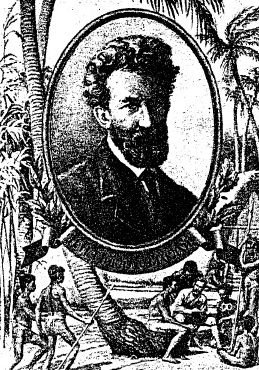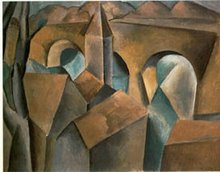Abstract
Keywords: feminism, development, culture, narratives, Eurasia-Pacific
This term paper tries to contribute to the development of feminist theories suggesting two main points. The first point concerns such called ‘development theories’ itself, which lack understanding of cultural differences among peoples in the world. It is argued here that exactly such defect of development theories is the main reason why developing programs are not successful. The second point concerns feminist theories development: it is suggested here to refocus from the pure feminist issue to the issue of inter-gender relations. In the paper it is assumed that such refocusing will contribute to both genders development in contemporary societies in purpose to construct gender-egalitarian society in the future. To achieve the goal of gender-egalitarian society construction it is reasonable to study inter-gender relationships in different societies in the world.
The anthropological approach is a reasonable method to conduct such a study. Among other important gender related data the anthropology provides examples of the phenomenon of gender-egalitarianism. As soon as the main target of feminist criticism is ‘patriarchy,’ the study of gender-egalitarian ethnic groups seems to be an important approach. However, even focusing on gender-egalitarian societies examples it is impossible do not address such logical opposition of ‘patriarchy,’ as idea of ‘matriarchy’ and the issues of inter-gender confrontation and cooperation as well. To understand these cultural phenomena the conceptualization is a necessary stage. As soon as some ethnic groups in the world enjoy gender-egalitarianism at present, this paper illustrates it on examples of several matrilocal and gender-egalitarian societies in Eurasia-Pacific area. Time limitation is a reason to describe only several of them: Minangkabau people of Indonesia (Sumatra); two ethnic groups in Taiwan – Puyuma and Amis; the Batak of the Philippines; and the Batek of Malaysia.
In the second part it is made a historical overview of several issues of inter-gender relationships which left traces in mythologies and early literature. The high importance of the issue is reflected in the fact that mythologies of many different peoples in the world preserve several stable motifs of inter-gender relations topic. Among such motifs most popular and most widely spread are following: (1) inter-gender dispute; (2) from inter-gender combat to wedding; (3) transvestism in shamanist cults; (4) prostitution; (5) incest; (6) weak-willed father & wicked stepmother. The traces of these long live motifs could be found in the early Greek literature, mostly in plays. Thus Euripides is known primarily for having reshaped the formal structure of Athenian tragedy by portraying strong female characters. Sophocles tragedies are famous until present because of their focusing on incest issue, those concerning Oedipus and Antigone which are often known as the Theban plays. Sophocles’ plays influenced the famous psychologist Sigmund Freud who used the name the Oedipus complex to explain the origin of certain neuroses in childhood. However, due to the time limitations only three stable mythological motifs (inter-gender dispute; from inter-gender duel to wedding; and incest) are illustrated here on examples of early Greek plays; heroic narrative poems of Kievan Rus; and one of Taiwan indigenous peoples’ (the Puyuma) myth of origin.
Igor Sitnikov
Igor Sitnikov











No comments:
Post a Comment